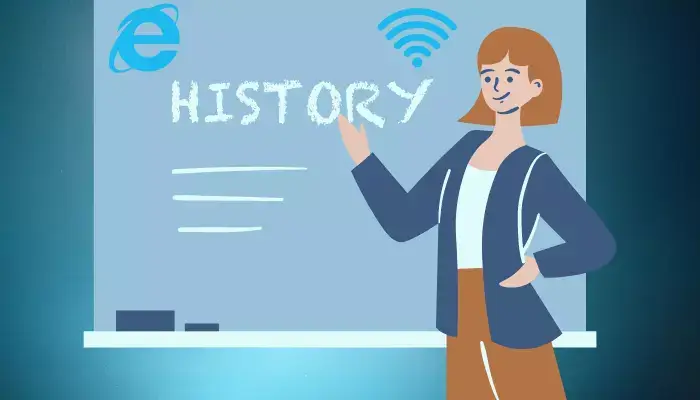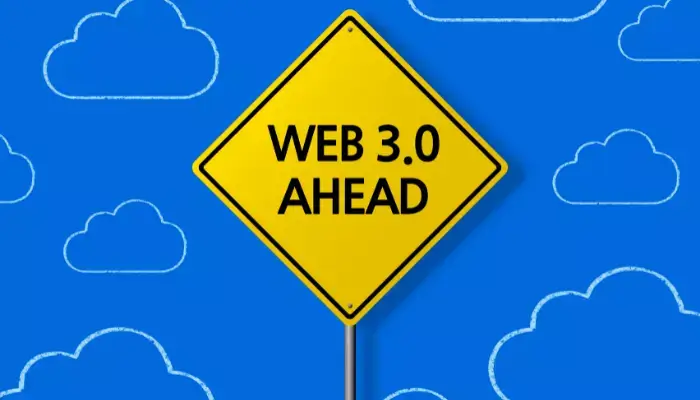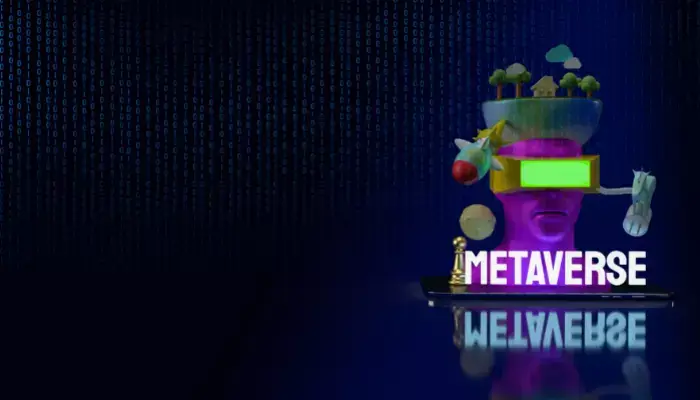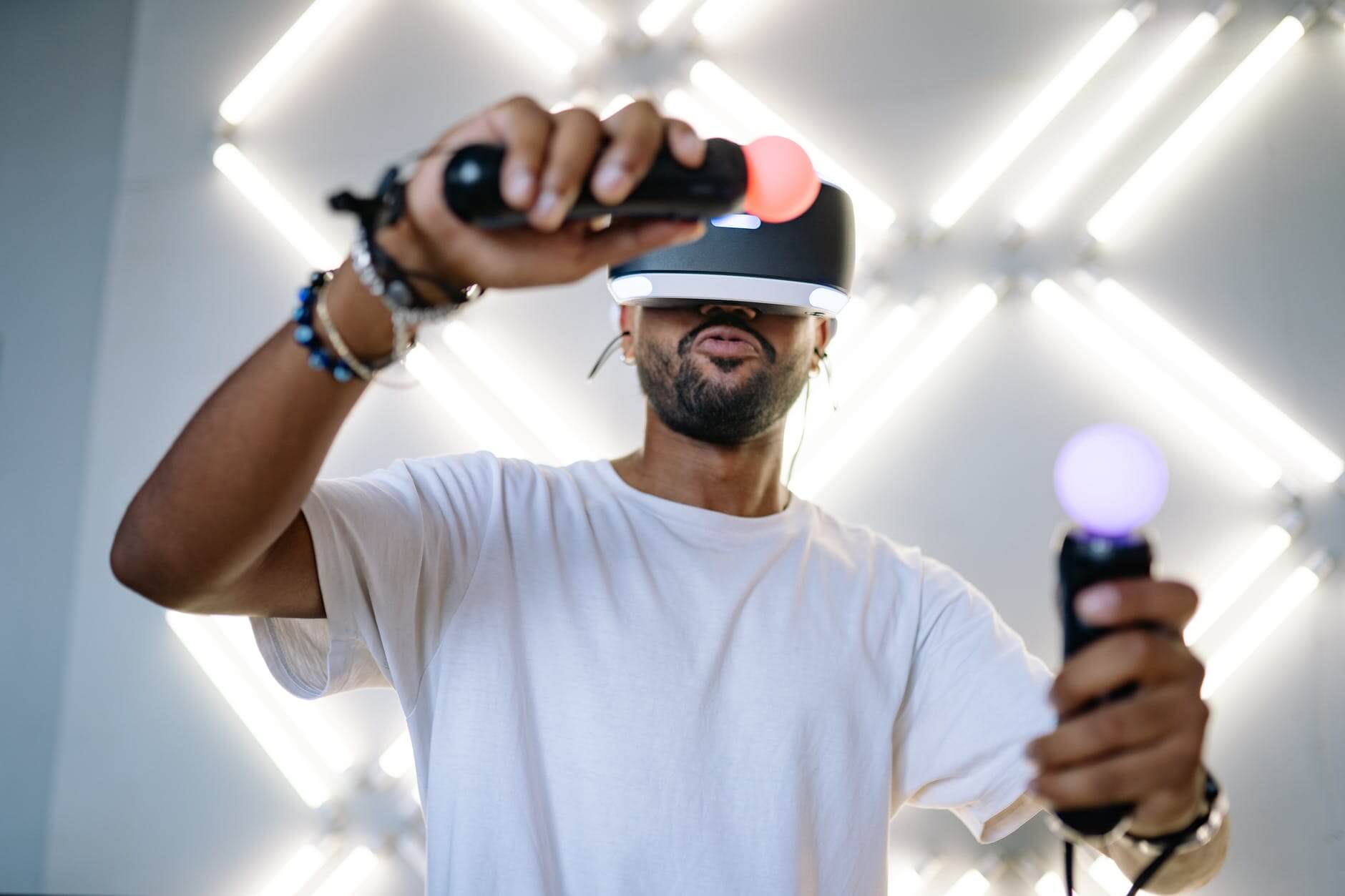If you’re an avid internet user, you’ve probably come across the terms Web 1.0, Web 2.0, and Web 3.0 quite a few times in the past few years. But what do these phrases mean? To start, Web 1.0 refers to the first version of the World Wide Web (www), which launched in 1991 and gave users their first taste of simple Internet functionality like search engines and hyperlinks.
What are Web 1.0, Web 2.0, and Web 3.0?
Web 1.0, Web 2.0, and Web 3.0 are three different versions of the Internet that we’ve come to know and love – but what exactly are they? Are you curious about what makes them so different from one another? Do you want to know how they came to be, or why they’re so important to people? Read on to find out everything you need to know about web 1.0, web 2.0, and web 3.0!
History of the Internet

When you first use a web browser to connect to a website, what’s behind that site — all of its code and technology — is something you don’t see or touch. That code has an official name: It’s called the Internet, and it allows users to access data on other computers across wires or wireless networks such as a local area network (LAN) or a wide area network (WAN). But just because users don’t have direct access to these computers doesn’t mean they aren’t important.
The Internet’s roots actually trace back to two separate networks in two different countries — ARPANET in America and Cyclades in France — both of which were created by researchers attempting to build networks that could withstand a nuclear attack during the Cold War. But while those projects failed to bridge their countries’ political differences, they laid a technological foundation that would later allow computers around the world to communicate with one another.
In 1989, Tim Berners-Lee developed HTTP (Hypertext Transfer Protocol), which enabled text documents to be shared over a network using software called browsers — like Safari or Chrome. This technology was eventually integrated into HTML (Hypertext Markup Language), allowing users on any computer with an Internet connection to access websites without needing a specialized web browser designed for networking computers together.
What is Web 1.0
The first generation of internet use in terms of application was (Web) 1.0; a time when people used it solely for communication, whether it be e-mail or instant messaging software like ICQ or AOL Instant Messenger. The content was quite scarce; web pages were mainly online brochures for businesses with some content being generated by users through blogs and forums. The boom of social media in recent years means that we are now officially living in a new generation – Web 2.0!
How did we move from a generation of Internet users primarily communicating with each other to one where social media and blogs are dominant forms of content creation?
The biggest shift has been in our technology habits – with people using multiple internet-enabled devices throughout their day and connecting with others through sites like Facebook or Twitter. Instead of checking emails on your computer in your bedroom, for example, you could be sending instant messages from your phone at work during lunch! In fact, research shows that most people spend 40% of their online time browsing social media sites!
What is Web 2.0?
Though it didn’t quite have a proper name back then (it was just known as Web 2.0 or The Social Web), for me Web 2.0 started around 2003/2004 with an explosion of social networks popping up, such as Myspace, Flickr, Livejournal, and others you may never have heard of before (unless you were part of that era). If you happened to be on one of these websites in 2004 – chances are you used Yahoo! Messenger more than anything else on your computer.
Why? Because no matter what website or service you were using – there was always a community where people could communicate with each other in real-time through instant messaging via Yahoo! Messenger. Was that a trend though?
Fast forward to today and we see a lot of these trends still continuing – now labeled as being Web 2.0.
No matter what you’re using on your computer there is always a way to connect with people – whether it be through social media, instant messaging (such as WhatsApp), live streaming (such as Twitch), or text messaging (such as Skype). We see businesses using all of these tools heavily in their marketing strategies because we live in an era where communication via text or video is considered almost basic for any company looking to grow.
What is Web 3.0?

Released in 2013, Web 3.0 takes advantage of all technologies that came before it to bring us into a new age of technology where artificial intelligence (AI) plays a major role. AI drives advancements across all computing devices; however, within social media networks specifically, AI helps companies create tailored ads based on your preferences and interests, as well as track your online activity for more personalized recommendations. The ultimate goal for Web 3.0 is to have these interactions feel natural — so natural you don’t even realize you’re using technology anymore!
Outside of artificial intelligence (AI), there are some other key innovations that define what Web 3.0 is. The first of these innovations center on user experience (UX). Remember back to when you started using social media — things like timelines, likes, shares, and hashtags were all part of an effort to improve your UX by making sharing information easier than ever before!
Other key technologies that define Web 3.0 technology are data security and cryptocurrencies such as Bitcoin. Data security has been on everyone’s mind lately due to a high-profile hacking incident that compromised hundreds of celebrities’ personal information and exposed them to potential identity theft attacks!
Luckily, companies like Apple, Google, Facebook, and Twitter use a method called two-factor authentication (2FA) to help users protect their accounts against cybercriminals; it combines something you know — usually your password — with something you have, usually your phone or physical hardware device like an ID card or USB drive that contains one-time access codes unique to you in order to verify your identity.
Who Will Shape the Future of the Internet? (Web 3.0)
The Internet in 2017 looks very different from what it did ten years ago (Web 2.0). We have seen three major waves of innovation over that time period: internet websites, mobile applications/apps, and social media sites. And with each wave, new companies have come along to redefine how we interact with technology. These same companies are beginning to pave a path for the next wave of innovation known as Web 3.0 which promises to be even more transformative than its predecessors (beginning with Bitcoin).
In order to understand what’s happening today on the web and where it’s heading tomorrow, it helps to understand these three waves of technological development: Web 1.0, Web 2.0, and Web 3.0. So, What Are These Waves Really?
The first wave of innovation was on what we now call Web 1.0, which began in 1990 when Tim Berners-Lee invented (or rather re-invented) HTML for use on the Internet. This early form of web technology was mainly used to share information via text and hyperlinks between websites hosted by servers, but it didn’t take long for companies to begin building interactive services on top of these platforms (i.e. eCommerce) that allow users to not only view content but also engage with each other through message boards and forums.
The future plan of Web 3.0 is next level, due to which Facebook, WhatsApp, Instagram are now under one company named Meta. The main purpose of Web 3.0 is Virtual Reality, Augmented Reality, and Mixed Reality. We can touch and feel persons, things, and objects in VR Glasses through special build gloves.
What is the Future of Web 3.0

The World Wide Web—the thing that lets you access things like Facebook, Google, Instagram, and more—was created in 1989. It was only a matter of time before we got to version 2.0 (called The Semantic Web) and 3.0 (which some people have dubbed as Web-3). Essentially, new improvements are being made to give users a smoother experience when searching for websites or content on their computer or smartphone/tablet device.
One of the most talked-about new developments in web-3.0 has been IPFS (Interplanetary File System). This system helps users download content that’s hosted on servers around planet Earth and then store it on a local device so they can access it later—from anywhere in the world—without needing an internet connection.
Programming languages such as Python were created to help people create websites faster than before by automating certain tasks.
Another major improvement that’s currently underway is called HTTP/2 (Hypertext Transfer Protocol). Essentially, it supercharges website performance by reducing processing time by almost 50%! If you’re curious to learn more about what’s in store for web-3.0 now or in the future, look out for developments from key players like Google and Mozilla.
What is Web 3.0 – Conclusion: Stay up to date with tech news—wherever you are!
Metaverse and Web 3.0
The Fourth Era of The Internet – Better User Experience or something more dangerous? : A recent report estimates that by 2025 there will be over 200 billion connected devices, a number growing by leaps and bounds each year. Each device has a unique IP address that connects it to all other devices with which it interacts through its own protocol gateway. Such an environment provides unprecedented opportunities for collecting data on our every action and movement.

It also allows for direct communication between devices on private networks even if they are geographically remote from one another as long as they have an internet connection. The resulting synergy effects of these combinations could create The Metaverse: a virtual reality universe that runs parallel to our own but in which we can participate regardless of physical location.
Role of Web 3.0 in Virtual Reality
The web has come a long way since its humble beginnings in 1989 when Sir Tim Berners-Lee first introduced it to the world at CERN. The web has allowed people all over to communicate with each other easily through social media platforms like Facebook and Twitter; but as technology continues to evolve so do new ways of how we connect with each other online. With that said, what is Web 3.0 exactly? What technologies will be involved?

How will they affect our lives both personally and professionally? In order to answer these questions, we need to go back to 1994 when Marc Andreessen released Mosaic —the first graphical browser which used web pages to view documents instead of lines of code—and consider some key events along the way. We also must take into account where things are today—like being able to video chat with loved ones or sharing our location online—and future technologies—such as virtual reality headsets becoming wireless —in order for us to clearly understand where Web 3.0 might take us.
Role of Web 3.0 in Gaming
Gamers prefer online games these days as they provide unlimited space for creativity, imagination, exploring new concepts, etc. which makes them more interesting than physical games. In fact, the web-based gaming industry has grown tremendously in recent years and it’s just a matter of time before it will take over physical games.

Such rapid growth in the online gaming industry makes web development, in general, more advanced compared to the previous year and especially when it comes to Web 3.0 because its wider acceptance leads to huge possibilities for further developments of virtual reality or VR based gaming possibilities like player participation or reality syncing for a better entertainment experience.
The next level of gaming is Virtual and Augmented Reality. AR Headsets and VR Headsets will be involved in gaming and there will be a great innovation in the gaming industry due to Web 3.0. We can call this our future because Web 3.0 is the future not only of technology but everyone’s.
Role of Web 3.0 in Everyday’s Life
The web has changed many times over since its inception. At first, it was largely a way to make information available in one place across many platforms. This was known as web 1.0 or old-school internet. The internet grew as more and more people began accessing it every day; that access came through dial-up connections (web 1.5) to broadband connections (web 2.0).
Each of these stages brought its own slew of changes for users, so what will change in web 3.0? It’s hard to say at this point, but some experts think it might be blockchain technology. In order to understand why they might be right, you have to look at how blockchain functions.
It’s a decentralized platform that allows anyone with an internet connection to read, write and edit data that are stored on nodes around the world; each transaction gets added on incrementally with proof that transactions happened when they were supposed to—without any single party being able to manipulate them afterward.
What Will be the Impacts of Web 3.0 on Our Lives?
Web 3.0 represents an exciting development in how we use Internet-connected devices (and other technology) in our daily lives. Essentially, it represents a new frontier of Internet growth and innovation that’s focused on making online experiences faster, smarter, better—and less cluttered with silly distractions like banner ads! Everything we do in our day-to-day lives will be affected by Web 3.0 technology in one way or another.
The good news is that there are many different ways you can get involved: Think Like a Technologist – Remember when you were younger, thinking up all sorts of crazy plans to solve problems as your imaginary business?
Conclusion
Although technology moves at a breakneck pace in today’s world, it’s easy to lose track of how far we’ve come—and all because of one thing: a network connection. For years now, these connections have been utilized to form networks of computers, which can then be accessed through common applications like email or instant messaging services. Of course, networking isn’t enough on its own; it takes a lot more to access files and applications on another computer than simply knowing its IP address.
With that in mind, let’s take a look at web 1.0 (which we now call the old web) as it was intended to be used: just one more way to access network resources from your own computer—albeit a lot slower than email or IM! If you wanted to share information with others on other computers, you had to create something called an FTP site.
Here you would store documents and files which could then be downloaded by others by clicking links on their browser. Basically, browsing in web 1.0 consisted of clicking around until you found what you were looking for using keywords; fortunately, search engines like AltaVista arrived not long after launch so searching became much easier than simply checking file names one-by-one! As interest grew in sharing documents online, so did competition between services like FTP servers.
Spread the love